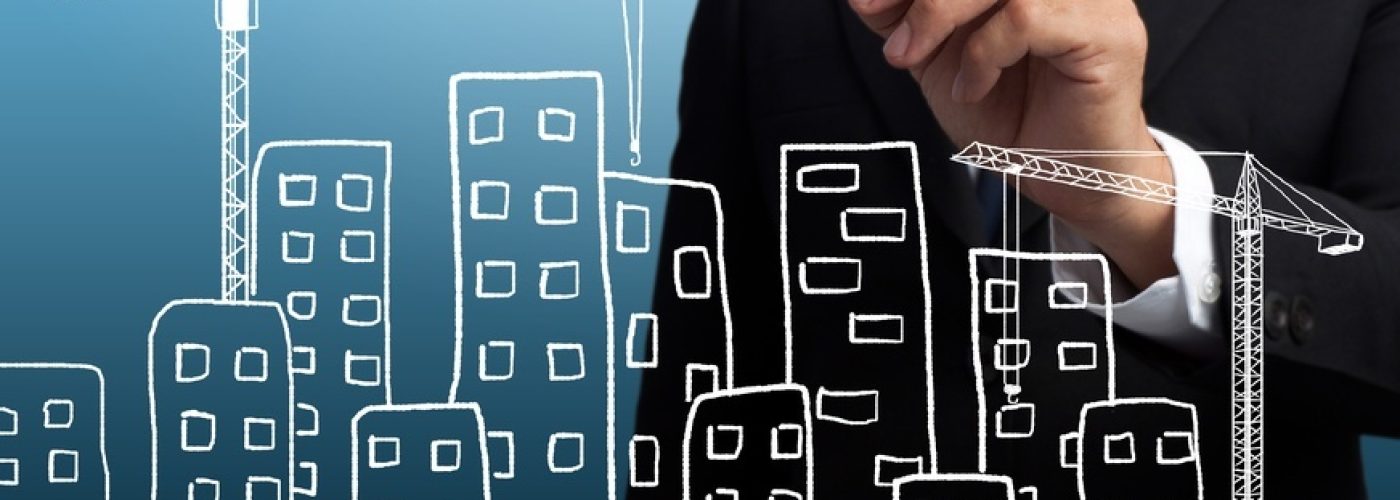Construction is one vital industry that plays a significant role in growing the economy of a particular country. This industry focuses on the development of infrastructure, property or real estate, which is vital for the growth of any nation. The construction industry impacts other sectors like the health, education, and transportation positively.
You will find most governments working closely with various companies or players in this sector to help improve infrastructure in the specific nations. Different construction equipment helps make work easier. Equipment can be classified as construction vehicles, earth moving equipment, construction tools, and material handling equipment. We have also seen the introduction of technology in this sector that has helped to make a lot of things much more comfortable.
The use of project commissioning software has greatly assisted risk management because one can now easily ensure that all the systems meet the precise functional requirements before the commencement of any construction. Risk management is crucial when developing the final decision in any construction project.
The construction sector and construction projects face several risks. These can be in the form of occurrences that may affect the outcome of the set goals of a particular agency. Risk management is there to judge the level of risk to which a specific project is subjected and select measures that can help mitigate the risk.
Categories of Risk in the Construction Sector
Here are some of the risks associated with the construction sector.
Technical risks
These can occur as a result of the lack of proper investigation of a particular site, poor design, inappropriate specifications, and doubts about the availability of specific tools.
Logistical risks
Logistical risks are centered around the accessibility of transport and other construction equipment.
Management risks
The productivity of the available resources and production-related problems are significant management risks.
Environmental risks
These risks are a result of different natural changes and may include bad weather conditions and seasonal limitations. Natural disasters are also part of this risk category.
Financial risks
Delayed payments, taxes, inflation, and exchange rates define financial risks.
The Risk Management Process
Identifying risks
The process of determining the probable risks that may affect a particular project and recording the qualities of each type of threat is essential.
Quantifying the risk
Evaluation of the risk is carried out during this phase, and any probable relationship between risks and their causes is also evaluated during this period to determine whether it can affect the overall objective of a specific project.
Risk response
This response involves the implementation of various measures that are meant to eliminate the impending risks during the period of a particular project. The different actions include accepting, circumventing, observing, moving and reducing the risk. First, one has to understand a specific threat and the repercussions that may arise from it. This can be helpful when there are fast and affordable solutions to the situation. Monitoring the risk helps one create a backup plan. Alleviating the risk can only be accomplished once a specific risk has made any positive or negative difference to a project. Proper risk management is indispensable because it aids one in meeting objectives and also minimizes capital costs.





